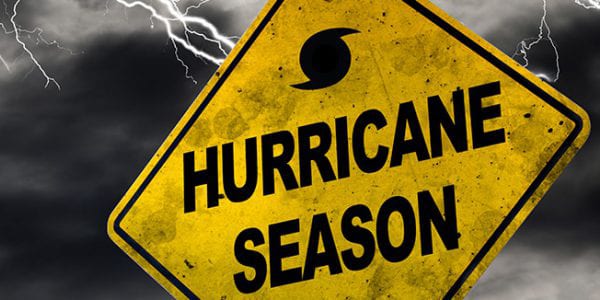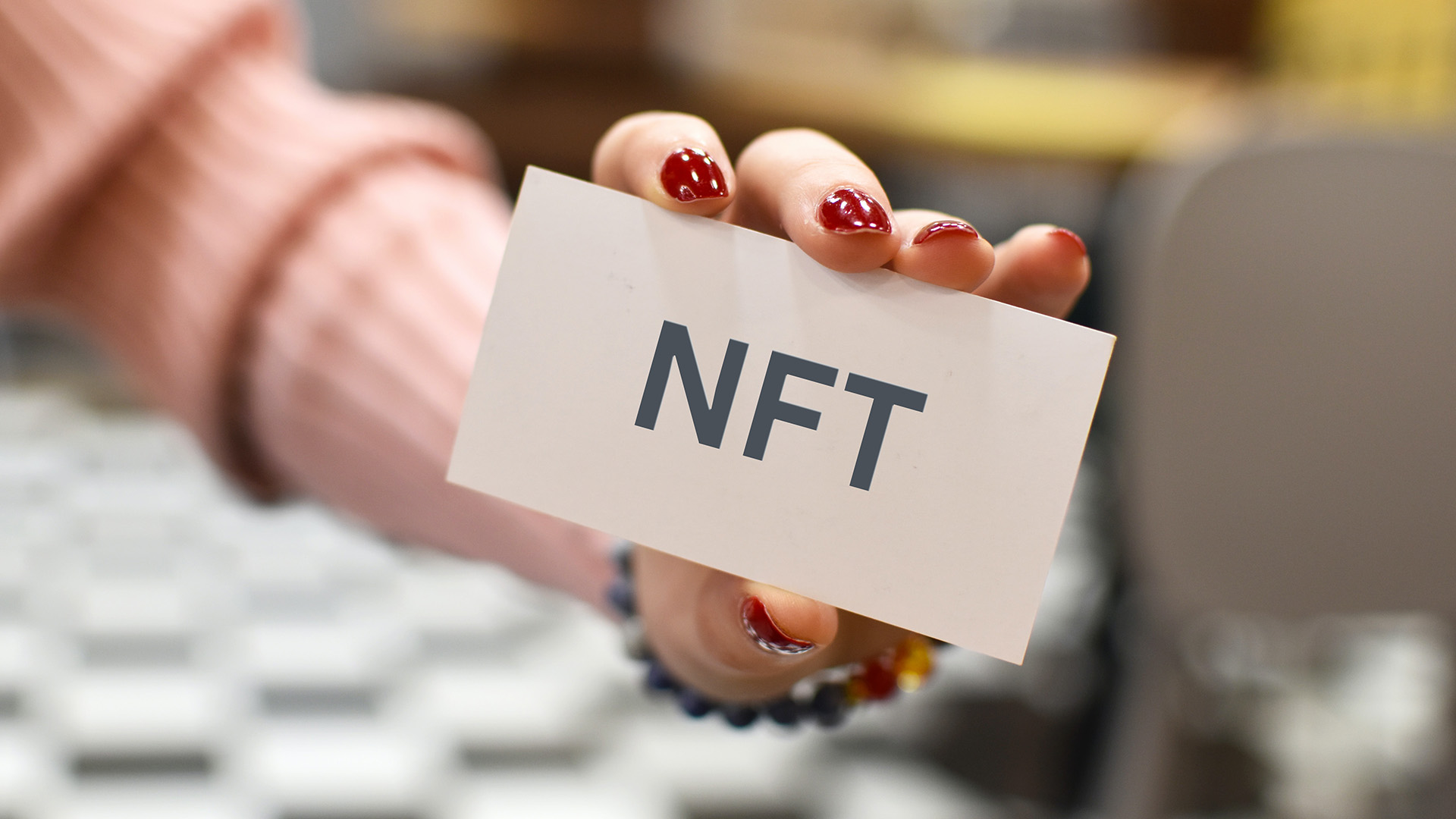It’s already August, and hurricane season is well underway. While weather authorities are reporting a “below average” season this year, experts are already predicting two to three Category 3+ storms during peak hurricane season (mid-August through mid-October). While many say 2017 was an anomaly, our planet is only getting warmer, and hurricanes breed from warmth.
Last year when Puerto Rico was struck by two Category 4+ hurricanes, Ketchum’s travel experts and issues and crisis specialists helped the island navigate through the worst natural disaster in its history. While 2017 may have been the worst-case scenario, we should keep in mind the old adage of “hope for the best but prepare for the worst.” Based on our best practices, we compiled a list of what your destination or property should be doing to ensure you’re prepared.
1. Prepare emergency plans and content outlining them. Destinations and properties should be equipped with critical information they can easily communicate to tourists leading up to, and immediately following, a storm.
- Content should include preparedness measures, safety measures during a storm, evacuation plans, information on diesel, food and water supplies, etc. Having this in place will free up resources to focus on necessary relief in the immediate aftermath of a storm.
- Content should be developed for various channels.
- Gather contact information (safety and law enforcement authorities, tourism board, emergency response, airlines, sister properties, nearby properties, etc.).
2. Create an external communication plan for the sharing of updates and information. If a storm causes power and telecommunications outages, it is essential to have a plan in place for how to communicate with authorities, industry partners, travelers, and media.
- Equip key players with satellite phones. Ensure off-site contingency plans for who will communicate to partners, travelers and media if power and telecommunications go down.
- Provide satellite phone numbers and offsite contacts to partners at the onset of the season so they know who to reach if it is not possible to reach someone onsite.
- Ensure all key players have necessary contact information for government resources, as they are primarily responsible for emergency operational response.
3. Proactively communicate hurricane season preparedness efforts in advance. This is essential, especially if your property or location was drastically impacted last year, as it will help bolster your readiness message and ensure traveler confidence into the fall.
- Content should address in detail readiness and contingency plans in place.
- Use video and visuals to show, not just tell.
- Consider conducting interviews with media on preparedness efforts.
Even with a tamer hurricane season predicted, it’s important to get your hurricane preparedness plans in place now. Being prepared goes beyond the physical things you need — the communications element is just as critical to ensure that you’re getting and disseminating the proper information. Now is the time to make sure your communications plan is much more than just a binder in a drawer – are you ready?



